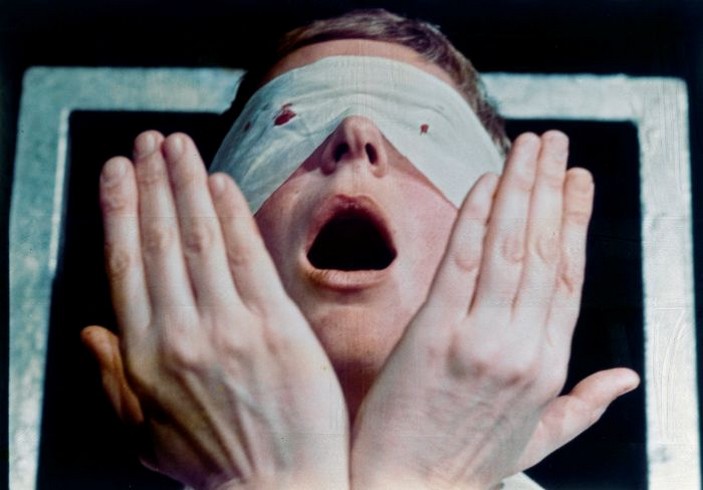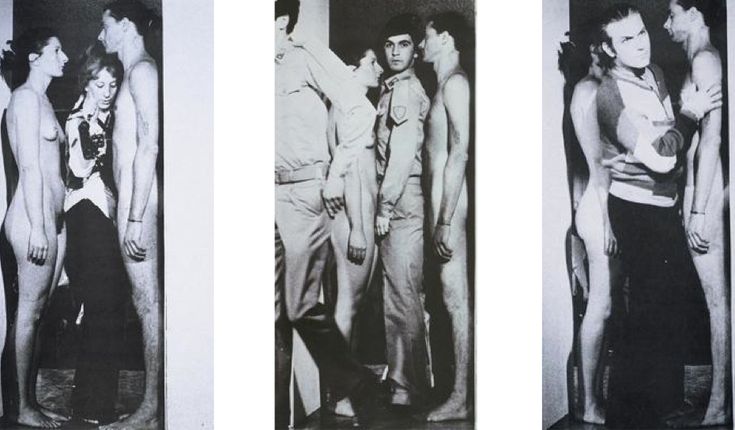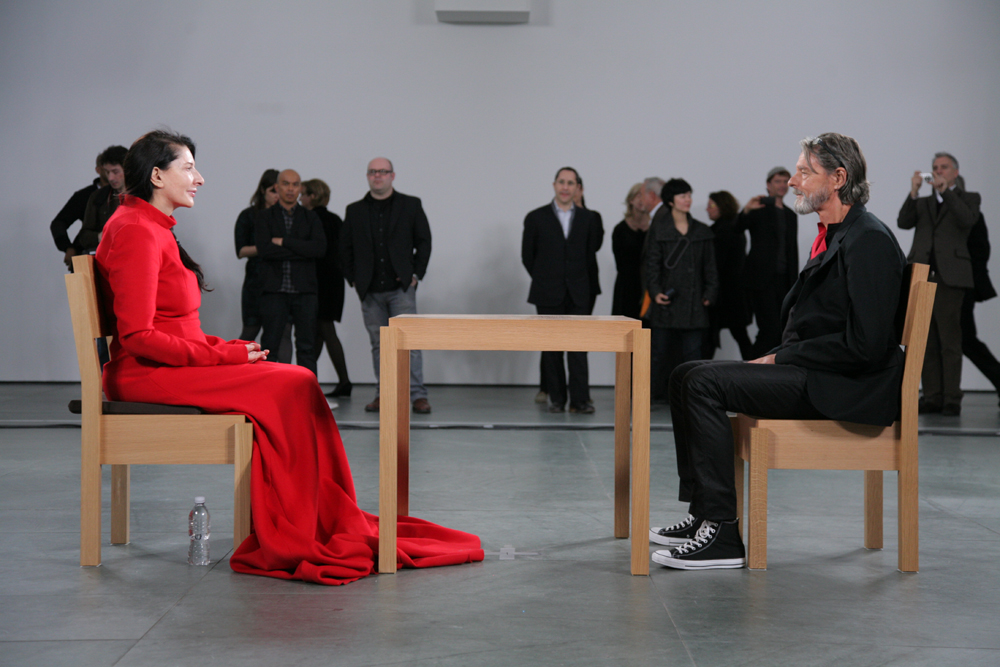
Gina Pane
Have you ever thought about how art can transcend traditional sculptural canvases to become a deeper and more personal expression? In the art world, one form that stands out for its emotional and physical intensity is Body Art.
Here is what is the history of Body Art, the meanings and manifestations of this fascinating art form.
Fascination and history of body art

Marina e Ulay
Body Art has deep roots in art history, using the human body as the living you, turning art into an important direct experience. Along with Minimal Art and Land Art, it is part of a large group of artistic expressions that arose in the late twentieth century to interpret an ever-changing reality in new ways.
Here is its history.
HISTORY OF BODY ART
Body Art emerged as a revolutionary artistic movement in the late 1960s, at a time of great social and political change in the United States and Europe.
Artists began to use their bodies as a means of expression, reflecting the search for personal identity and rebellion against social conventions.
The roots of this movement lie in earlier influences such as Dadaism and Fluxus, which introduced the idea of including elements of dance, poetry, theater, and music in artistic expressions.
Body art radically departs from traditional art forms, provoking controversial debates. Artists use their bodies to express feelings, ideas social conditions, often in bloody and provocative ways.
Gina Pane, Hermann Nitsch and Vito Acconci are among the exponents who explored physical and psychological extremes, using the body to communicate suffering, rebellion and introspection.
STYLE AND MEANS OF EXPRESSION OF BODY ART
Body art has evolved over time, embracing different forms and mediums of expression. While in the early days performances were violent and gory, over time it has moved to less intense expressions such as body painting and photography, where the body is used as a creative tool or subject.
The evolution of body art demonstrates the versatility and richness of this art form in representing human identity and its many facets.
MARINA ABRAMOVIČ, THE MOST INFLUENTIAL BODY ART ARTIST
One of the most important and influential figures in the field of body art is certainly Marina Abramovič.
Born in Serbia in 1946, Abramovič has gained international fame with her provocative performances that explore the limits of body and mind, physical and psychological endurance, and the interactions between artist and audience.
Throughout her career, Marina Abramovič has created works that challenge both the artist and her audience, often bringing her own body into play as a primary means of communication.
Among her most famous performances is “The Artist Is Present” (2010), held at the Museum of Modern Art, New York (MoMA), where she sat motionless while visitors took turns sitting across from her, creating an intense experience of nonverbal connection.
Marina Abramovič’s artistic career embraces many of the key elements of Body Art, such as the use of the body to explore themes of vulnerability, strength, identity, and relationship with others. Through her work she has contributed significantly to pushing the boundaries of art for formative and continues to be a prominent figure in contemporary art.

Marina Abramovic, The Artist is present (MoMA)
Body art, in all its forms, represents a powerful means of expression that goes beyond the traditional boundaries of art. A unique perspective on the human condition, inviting viewers to reflect on deep and personal issues.
Its ability to excite, provoke exhale, Body Art is an important contemporary art form.

